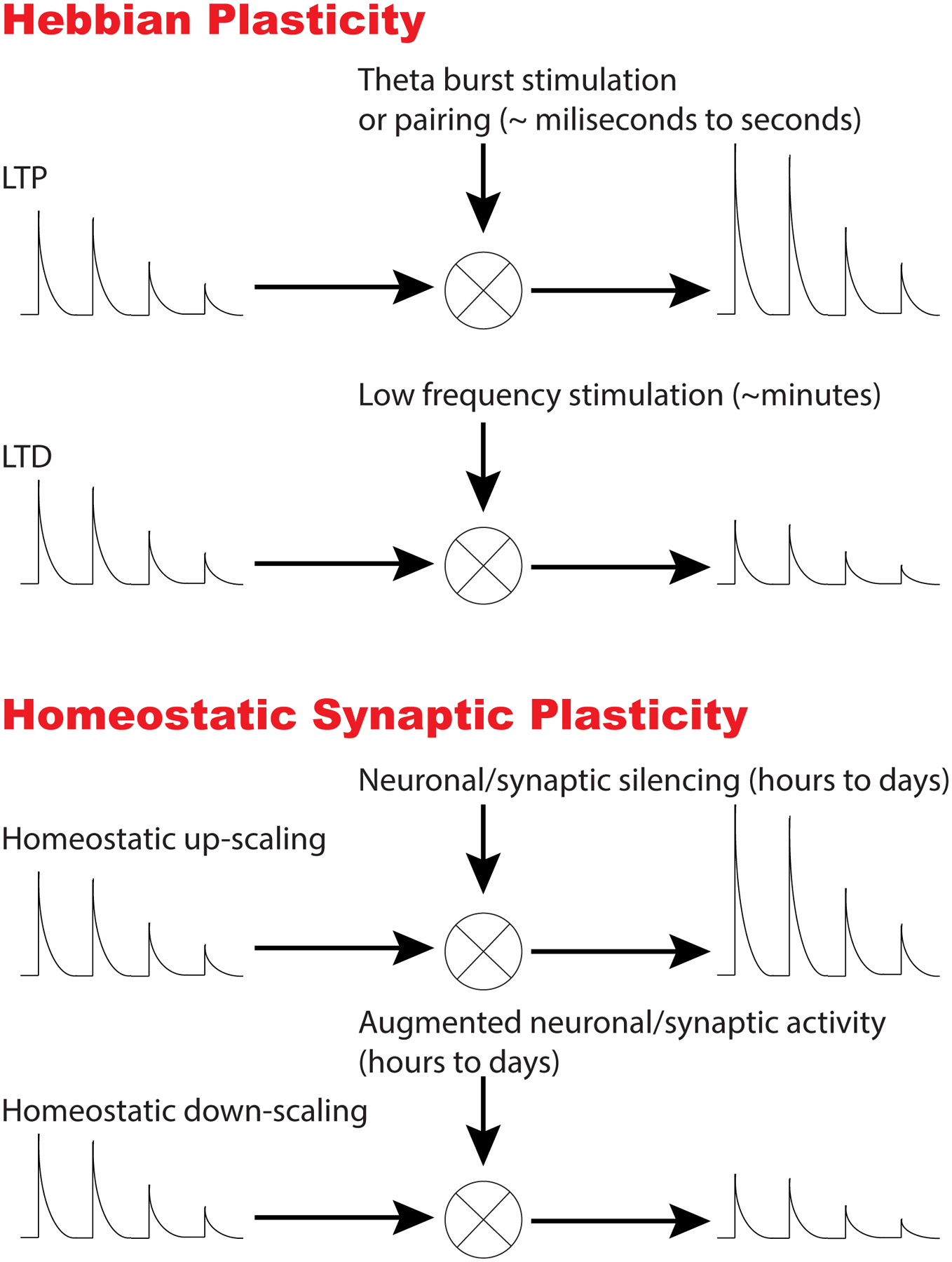Figure 1. Hebbian versus Homeostatic Synaptic Plasticity.

This figure depicts key distinguishing properties of Hebbian versus Homeostatic synaptic plasticity. During Hebbian plasticity, synaptic strength is modified in the same direction of the applied stimuli. For instance, strong stimulation (e.g. theta burst; 5 pulses at 100 Hz applied every second) or coincidence of presynaptic and postsynaptic activity (also called “pairing”) leads to an increase in synaptic strength resulting in Long Term Potentiation (LTP). In contrast, sustained low frequency stimulation (e.g. 1 Hz for 10–15 min) weakens synaptic strength leading to Long Term Depression (LTD). In contrast, homeostatic plasticity changes in neuronal network activity or alterations in synaptic inputs lead to an adjustment of synaptic strengths in the opposite direction (i.e. in a negative feedback manner) to bring neuronal activity patterns back to their initial set point. For instance, global silencing of activity leads to an increase in synaptic strength, whereas augmentation of activity results in downregulation of synaptic efficacy.
